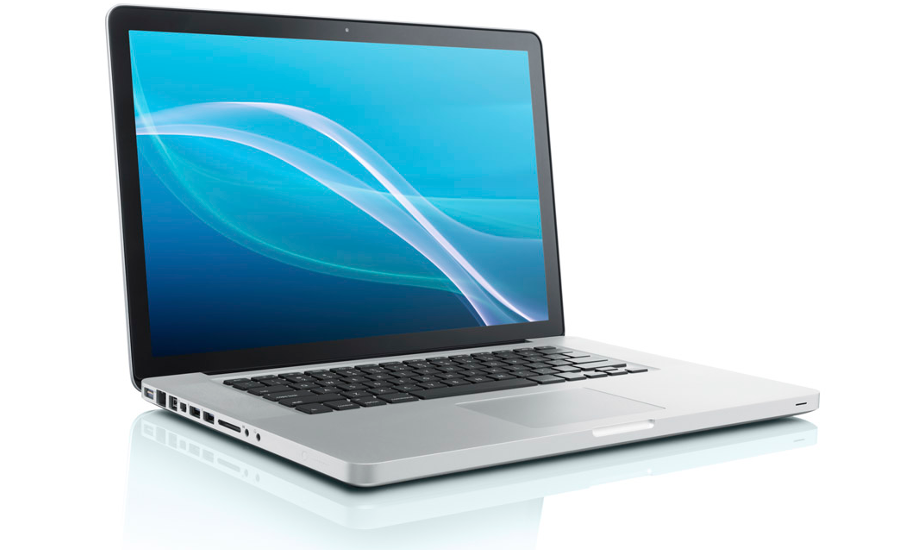The Internet of Everything includes pipeline leak detection

The applications of smart devices connected to the Internet seem endless. They include everything from a smart bra that senses temperature and blood flow to detect breast cancer to the University of British Columbia’s “smart concrete” that contains sensors and can send out alarms if a bridge has too much weight on it.
Both Google and Apple are creating smart contact lenses.
Google’s contact lenses are targeted at diabetics. The lenses can measure the blood glucose level in tears and send alerts when it’s time to take insulin. Apple is creating smart contact lenses that allow you to control your iPhone.
Just last week, Delphi Corp. announced its self-driving Audi Q5 travelled 3,500 miles from San Francisco to New York with the car doing almost all of the driving on its own.
To do that, the car has got to have radar and multiple sensors.
A Garmin watch monitors one’s swimming pace and stroke length. It also monitors stride length, distance and running pace and even the torque in pedals when one is biking. The data is all uploaded to a personal trainer. The trainer reviews that data and designs programs to help athletes improve.
Fitness isn’t the only area where the Internet of Everything is having a huge impact. Cities are adopting the technology to save money, create jobs and make cities more efficient and responsive to citizens.
For the last four years, Cisco has partnered with the City of Barcelona in Spain to create a smart city. City officials now track water, lighting, parking, transportation, waste and they’ve created 47,000 jobs in the process, Lewis said.
Smart devices and sensors create wide ranging applications for cities, manufacturers and industries such as the oil and gas industry. Leak detection on oil pipelines through sensors is just one application.
Source: LAURA LOREK, Reporter with Silicon Hills News
Looking for a reprint of this article?
From high-res PDFs to custom plaques, order your copy today!



